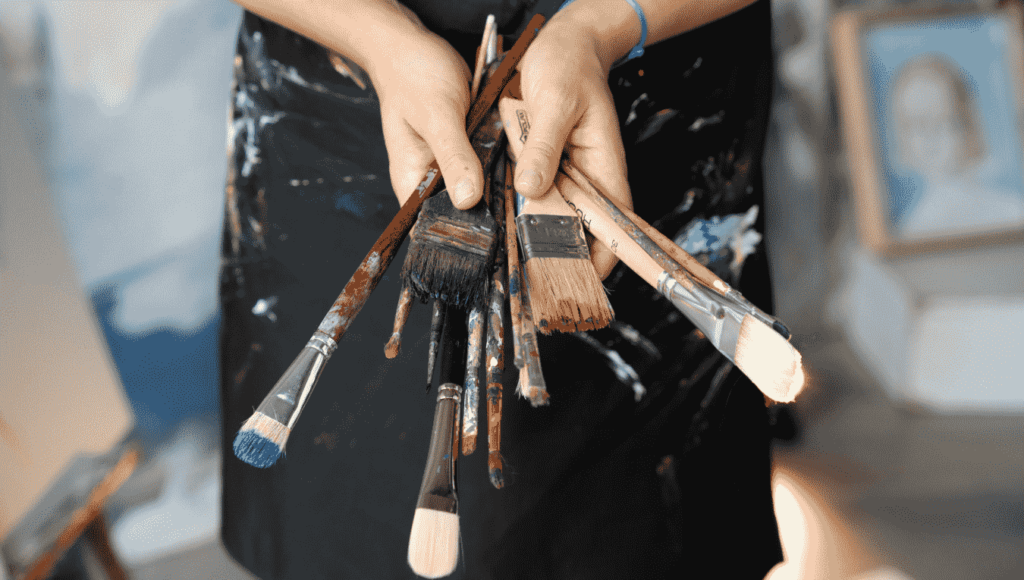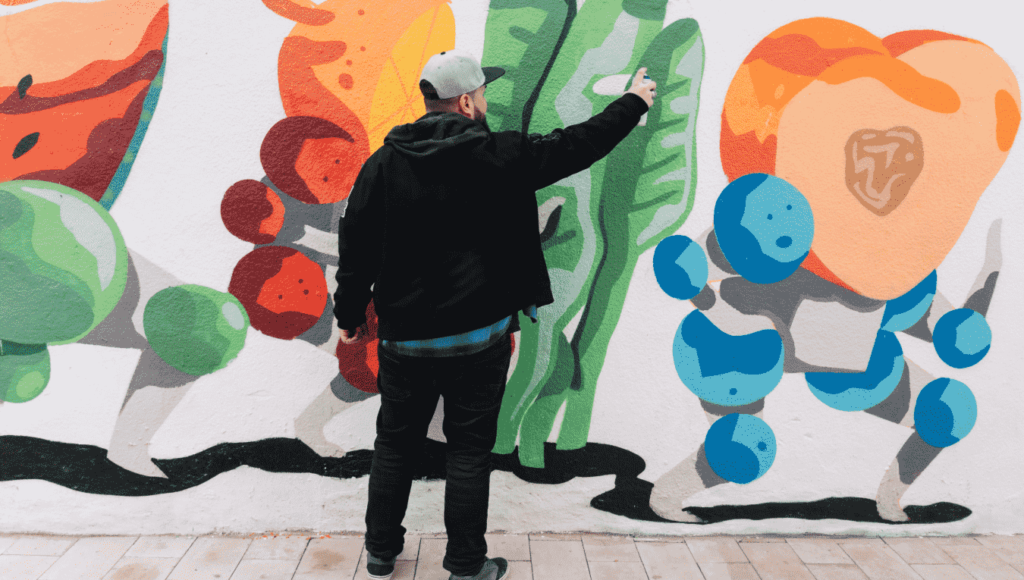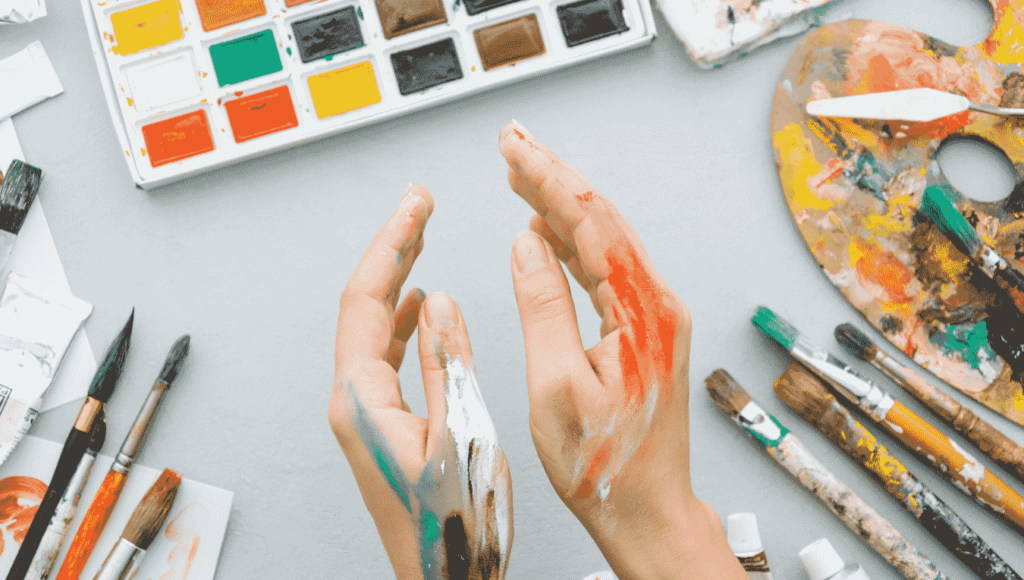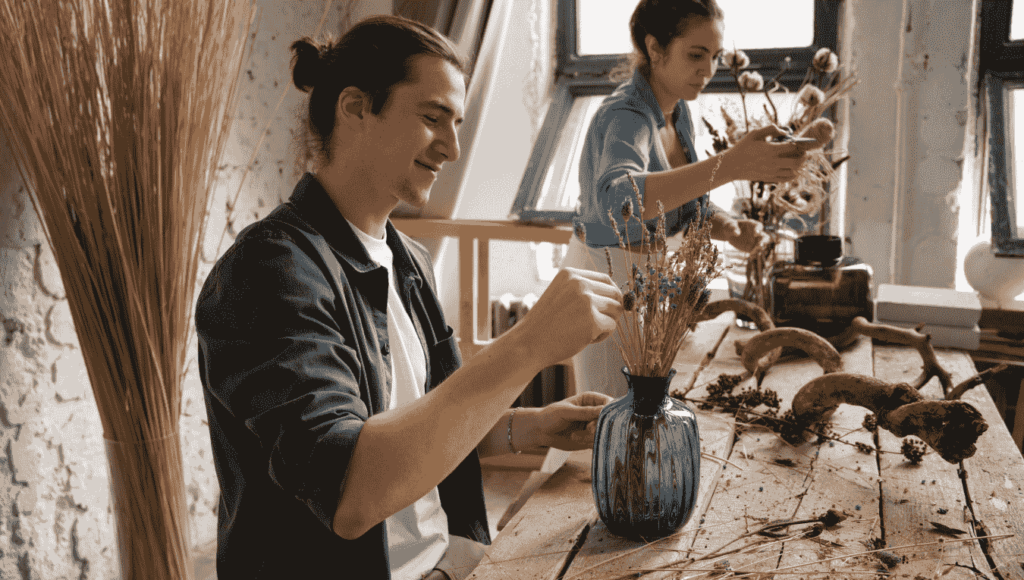Art
Art and Emotion: How Artists Express Feelings Through Their Work
by: Podelit

Art has always been a universal language, capable of expressing what words often cannot. From the soft hues of a sunrise painted on canvas to the chaotic strokes of anger in an abstract piece, artists have long used their work to convey emotions. But how do they manage to translate intangible feelings into something so tangible and relatable? Let’s delve into the profound connection between art and emotion, exploring the techniques, forms, and impacts of this timeless relationship.
The Connection Between Art and Emotion
Art and emotion are intrinsically linked. For centuries, artists have turned to creative expression as a way to process their inner worlds and reflect the human condition. Whether it’s the joy of a new beginning, the sorrow of a loss, or the quiet contemplation of a moment, art provides a safe space for emotions to be explored and shared.
This connection goes beyond the artist. Viewers, too, find solace, inspiration, or understanding in art. A painting might remind you of a childhood memory, while a sculpture could evoke feelings of strength or fragility. Art becomes a mirror, reflecting our individual and collective emotional experiences.,
The Role of Color in Emotional Expression
One of the most powerful tools artists use to express emotion is color. Colors have a psychological impact, often evoking specific feelings or moods.
- Red is bold and passionate, symbolizing love, anger, or intensity.
- Blue conveys calmness, sadness, or introspection.
- Yellow radiates happiness and energy, while black can embody mystery or grief.
Take Vincent van Gogh’s Starry Night, for example. The swirling blues create a sense of movement and melancholy, while the bright yellows of the stars hint at hope amidst darkness. This deliberate use of color helps communicate emotion even without words, connecting the viewer to the artist’s state of mind.
Techniques Artists Use to Convey Feelings
Artists employ a variety of techniques to channel their emotions into their work. These methods go beyond materials and into the very structure and essence of their creations.
1. Brush Strokes and Texture
The way paint is applied to a canvas can drastically change its emotional impact. Bold, aggressive strokes can convey anger or frustration, while soft, delicate strokes suggest peace or tenderness.
For instance, Jackson Pollock’s dripping technique in his abstract works mirrors a raw, uncontrolled emotional outpouring, while Claude Monet’s serene, layered strokes in his water lilies exude tranquility.
2. Composition and Space
How elements are arranged in an artwork can evoke different feelings. A balanced composition often feels harmonious, while asymmetry or crowded spaces might create tension or chaos.
Artists also use negative space—the empty areas within a work—to evoke solitude or focus, emphasizing the subject’s emotional depth.
3. Symbolism
Symbolism is a subtle yet powerful way to communicate emotions. A wilting flower might represent loss, a bird in flight might symbolize freedom, or a stormy sky could indicate turmoil. These visual metaphors allow viewers to interpret the art through their own emotional lens.
Art as a Mirror of Personal and Social Emotions
Art not only reflects personal feelings but also captures the emotions of society as a whole.
Personal Struggles: Artists like Frida Kahlo used their work to process personal pain. Her self-portraits are raw, vivid expressions of her physical suffering and emotional resilience, creating a deep connection with viewers.
Historical and Social Emotions: During times of war or revolution, art often becomes a voice for the collective. Picasso’s Guernica is a haunting portrayal of the horrors of war, evoking anger, sadness, and a longing for peace.
Art acts as a historical record of emotions, preserving the feelings of an era for future generations.
Different Art Forms, Different Emotions
Art comes in many forms, each with its unique ability to convey emotion.
1. Painting and Drawing
These traditional mediums are perfect for visual storytelling. From realistic portraits to abstract designs, painting and drawing allow artists to manipulate color, texture, and form to create a wide range of emotional expressions.
2. Sculpture
Sculpture adds a tactile dimension to art, engaging viewers through physical presence. A smooth, rounded sculpture might feel comforting, while jagged edges could evoke tension.
3. Performance Art
Performance art captures raw, live emotion, often making the audience feel like a part of the experience. The immediacy of this form can be deeply impactful, whether it’s a dance expressing grief or a theatrical piece exploring joy.
4. Digital Art
Modern technology has opened new doors for emotional expression. Digital artists use motion, light, and sound to create immersive experiences that engage multiple senses, enhancing emotional resonance.
Why Emotional Expression in Art Matters
Why do artists put so much effort into expressing emotions through their work? The answer lies in art’s unique ability to connect, heal, and inspire.
- For the Artist: Creating art can be a therapeutic process, allowing artists to process their feelings in a safe and constructive way. It’s a form of emotional release and self-discovery.
- For the Viewer: Experiencing art fosters empathy and understanding. A painting might help someone feel less alone in their struggles, while a sculpture could inspire strength or hope.
- For Society: Art serves as a bridge, connecting people across cultures and generations through shared emotional experiences.
Art and emotion are inseparable, bound together in a dance of expression and connection. Through color, technique, and form, artists have the power to communicate feelings that transcend language, touching hearts and inspiring change.
Whether you’re an artist or an admirer, take a moment to reflect on the emotions that art brings to your life. What piece of art has moved you the most? Was it the vibrant colors of a painting, the symbolism in a sculpture, or the raw energy of a performance?


